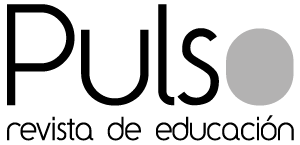Secondary school and university, a broken relationship
DOI:
https://doi.org/10.7203/eari.15.30128 Abstract
Abstract
This paper raises the need to bring together the realities of secondary school and university education, especially in terms of the relationship between the teaching staff of educational institutions. We emphasize the precarious situation that art education is going through. This is striking, considering the boom that artistic activity is acquiring in society. Both the legal regulations and their curricular application, as well as the lack of attention to the teaching group, cause an enormous distance between the teaching staff, separating those of us who teach in one environment or the other. In secondary school, the presence of visual arts teachers is reduced, due to the low curricular weight of the specialty. On the other hand, changes in the hiring of university teachers have determined a lower presence of Drawing specialists, who had been teaching their classes in the University Master's Degree in Secondary Education Teaching. Faced with this situation, some initiatives come to fill the gap. Teaching innovation projects such as “Second Round”, R&D projects such as “DECHADOS”, or “ACORD” projects, attempt to connect university and secondary school teachers, promoting shared research and expanding the possibilities offered by the institutional field. By joining forces, the presence of art education in the curriculum is vindicated, generating visibility for both collectives.
 Downloads
Downloads
Downloads
Published
How to Cite
-
Abstract21
-
PDF (Español)9
Issue
Section
License
![]()
Educación artística: revista de investigación (EARI) retains the proprietary rights (copyright) of published works, and favors and allows the reuse of the same under the license Creative Commons Attribution-Noncommercial Use 4.0 International License (CC-BY-NC 4.0), which allows third parties to use the published material whenever the authorship of the work and the source of publication is mentioned (journal, publisher and URL of the work), and it is used for non-commercial purposes.
Authors are encouraged to disseminate their work after it has been published, through the internet (for example, in institutional archives online or on its website) which can generate interesting exchanges and increase work appointments.








